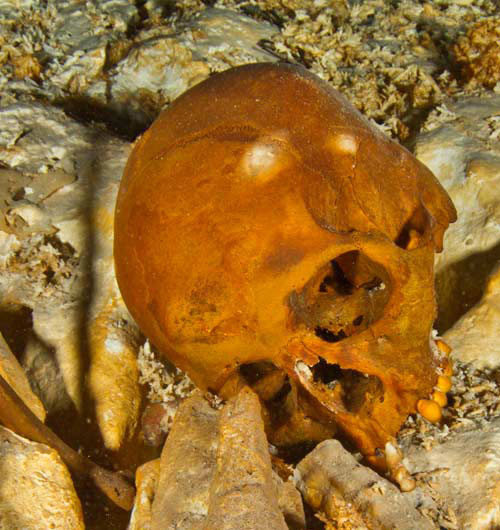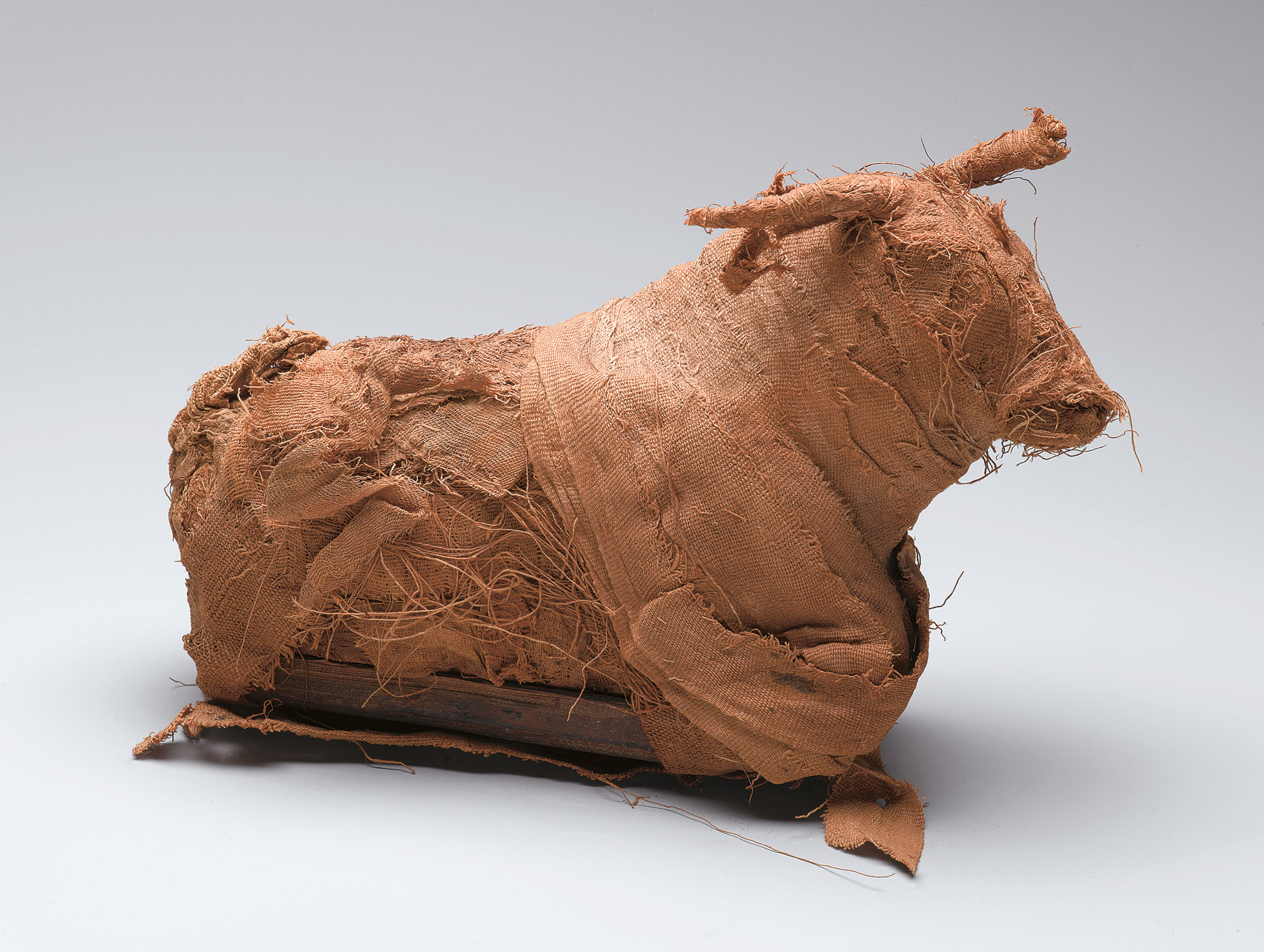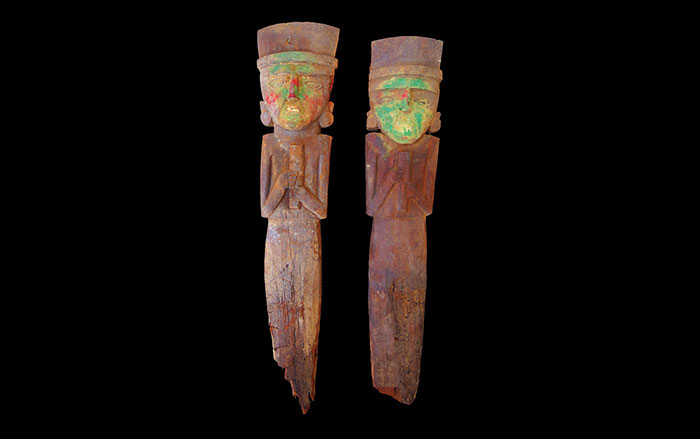
BOTHELL, WASHINGTON—Analysis of mitochondrial DNA taken from a tooth of a teenaged girl discovered seven years ago in Mexico’s flooded caverns of Hoyo Negro suggests that modern Native Americans are the descendants of the earliest Palaeoamericans, who migrated across the Bering land bridge from Siberia, despite the differences in their skull shapes. The girl, dubbed Naia after the water nymphs of Greek mythology, resembles the fossils of other Paleoamericans in that she had a small, projecting, angular face and pronounced forehead. Carbon dating of her tooth enamel and the ratio of uranium and thorium in the mineral deposits taken from her bones indicate that she died between 12,000 and 13,000 years ago. Naia’s skeleton is the first complete Palaeoamerican skeleton to have been found, but her remains were measured underwater and left in situ because it is impossible to recover them safely from the cave. “Naia, and the other animals, would have slipped through a hidden sink hole and fallen 30 meters into a shallow pool. There would have been no way out,” palaeontologist James Chatters of Applied Paleoscience told Nature News.










